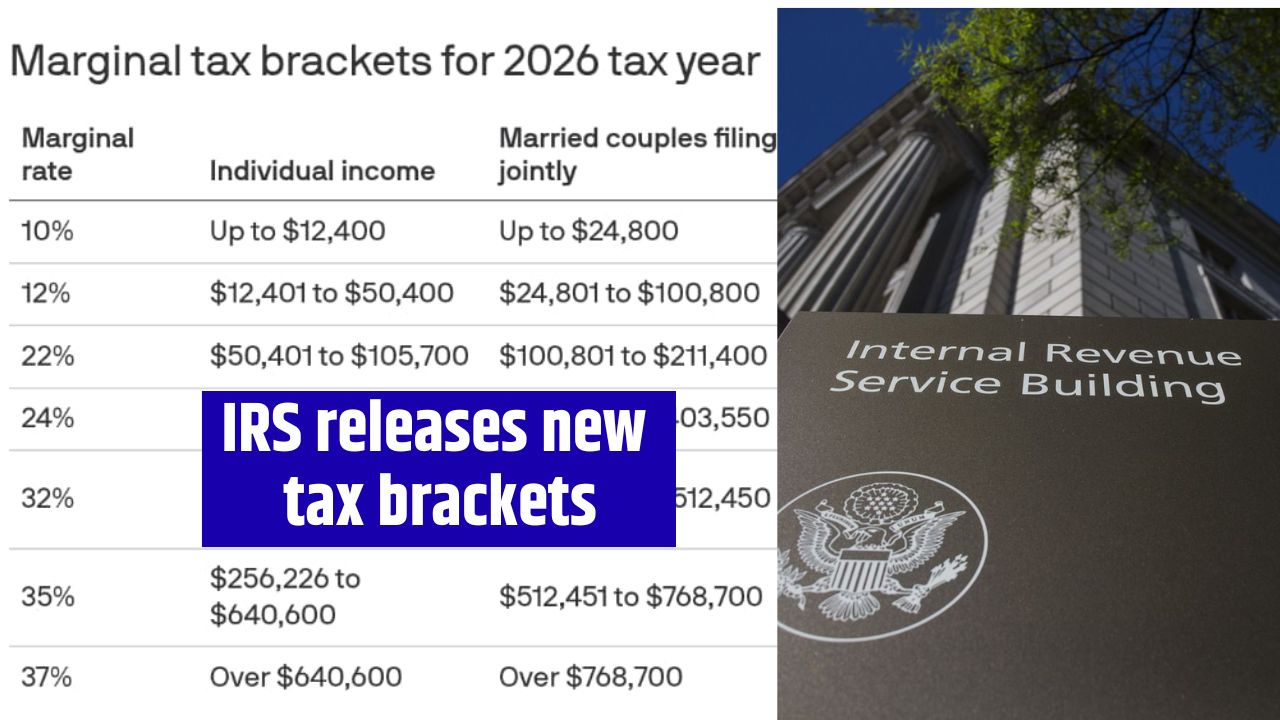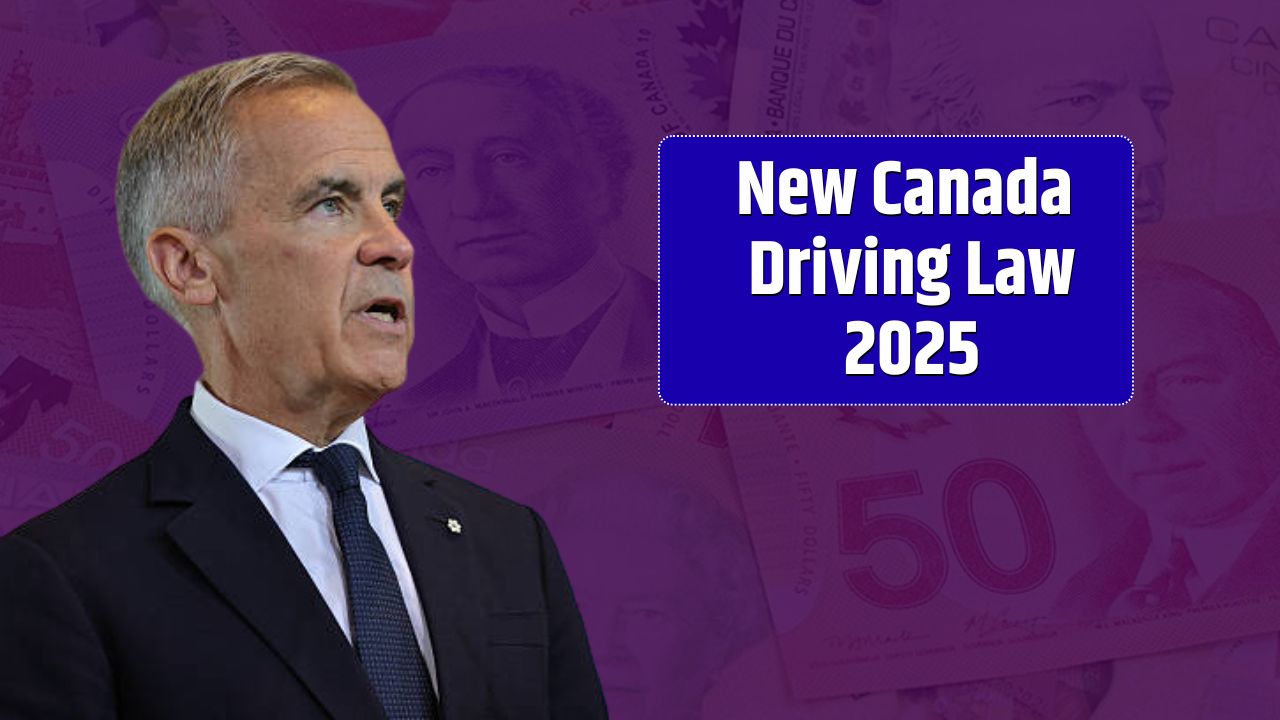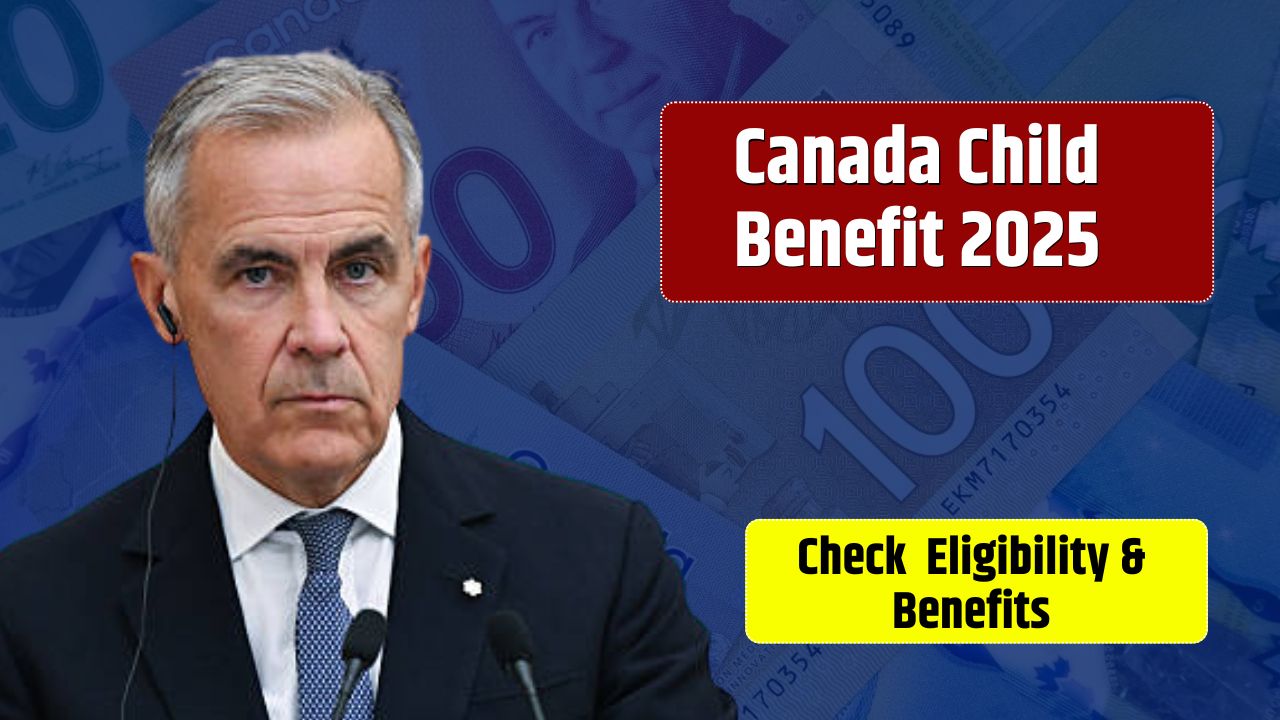The IRS has just dropped its annual inflation adjustments — and this time, the updates pack more punch than usual. Thanks to a major new tax law passed earlier this year (dubbed the “big beautiful bill”), several provisions from the 2017 Trump-era tax overhaul have now been made permanent, with extra boosts for deductions, credits, and senior taxpayers.
These changes will apply to 2026 tax returns filed in 2027, but the groundwork starts with new thresholds and deductions that kick in for the 2025 tax year. Let’s break down exactly what’s changing — and how it could put a little more money back in your pocket.
Why the 2026 IRS Adjustments Matter
Each fall, the IRS updates tax brackets, deductions, and credits to reflect inflation. The goal is to prevent what’s known as “bracket creep” — where rising wages push taxpayers into higher brackets even if their purchasing power hasn’t really increased.
This year’s announcement is particularly important because it incorporates new provisions from the 2024 law that:
- Lock in the 2017 tax cuts permanently, avoiding their scheduled sunset after 2025.
- Raise standard deductions and tax credits beyond their inflation-adjusted levels.
- Introduce new senior and service worker tax breaks that take effect next year.
New Income Tax Brackets for 2026
While exact bracket thresholds vary by filing status, the IRS confirmed that the marginal rate structure remains the same (10%, 12%, 22%, 24%, 32%, 35%, and 37%).
However, thanks to inflation indexing and the new bill’s adjustments, each bracket threshold will rise modestly in 2026. That means slightly lower effective tax rates for many households — or in practical terms, a small boost to take-home pay.
(Full tables will be published on the IRS website in early 2025 once final inflation figures are locked in.)
Updated Standard Deductions
Here’s where most taxpayers will feel the impact immediately.
For the 2025 Tax Year (Filed in 2026)
After the recent revision under the “big beautiful bill,” the 2025 standard deductions have been increased from their previously announced levels:
| Filing Status | New 2025 Deduction | Old 2025 Deduction (Pre-Bill) |
|---|---|---|
| Married Filing Jointly | $31,500 | $30,000 |
| Single | $15,750 | $15,000 |
| Head of Household | $23,625 | $22,500 |
For the 2026 Tax Year (Filed in 2027)
The IRS says the new law made these higher amounts permanent, so the next annual bump — due purely to inflation — will be smaller:
| Filing Status | 2026 Deduction | Percent Change |
|---|---|---|
| Married Filing Jointly | $32,200 | +2.2% |
| Single | $16,100 | +2.2% |
| Head of Household | $24,150 | +2.2% |
That modest increase is because the baseline jumped early in 2025 — the first year those permanent boosts take effect.
Estate Tax and Credits See Bigger Leaps
Estate Tax Exclusion
High-net-worth households get a significant adjustment here: the federal estate tax exemption rises to $15 million in 2026, up from $13.99 million in 2025.
That means estates under that threshold won’t owe any federal estate tax — a move likely to be cheered by small business owners and family farms.
Earned Income Tax Credit (EITC)
For lower- and middle-income working families, the EITC gets another inflation bump.
- Maximum EITC for families with three or more children rises to $8,231 for 2026, up from $8,046 in 2025.
- The credit phases out gradually with income, and exact limits depend on filing status and dependents.
A New Senior Deduction
Perhaps the most headline-grabbing change: starting with the 2025 tax year, Americans aged 65 and older will be eligible for a brand-new $6,000 federal tax deduction.
Couples where both spouses qualify can claim up to $12,000 in total.
But there’s a catch — the deduction begins to phase out for taxpayers with modified adjusted gross incomes above $75,000 ($150,000 for joint filers).
For millions of middle-income seniors who still file returns and pay tax on their Social Security benefits, this deduction could provide real relief, effectively shielding a portion of retirement income from taxation.
Big Change for Service Industry Workers: Tips Go Tax-Free
Another major piece of the new law: starting with the 2025 tax year, tipped workers — from servers to salon staff — will no longer owe federal income tax on tips.
The rule applies to both cash and electronic tips, up to a maximum annual deduction of $25,000.
A few key points:
- Workers must still report tips for Social Security and Medicare tax purposes.
- The change applies to both itemizers and non-itemizers, so all qualifying taxpayers benefit.
- The aim is to simplify compliance and put more net income directly into the hands of lower-wage workers.
This marks one of the most sweeping tax benefits for service employees in decades.
The Broader Impact
Altogether, the 2026 updates reflect a push to stabilize tax policy after years of uncertainty about whether the 2017 reforms would expire. Making them permanent gives taxpayers — and employers — more predictability in planning.
Economists expect these combined adjustments to:
- Boost disposable income across most income groups.
- Provide inflationary cushioning by keeping take-home pay aligned with cost-of-living growth.
- Reduce compliance complexity through clearer long-term tax rules.
However, the bill also comes with a fiscal caveat: locking in lower tax rates and higher deductions could widen the federal deficit unless offset by spending cuts or revenue increases elsewhere.
FAQs:
When do these new tax changes take effect?
The first wave — including senior and tip deductions — starts with the 2025 tax year (filed in 2026). The new 2026 inflation adjustments apply to returns filed in 2027.
How much is the 2026 standard deduction?
$32,200 for married couples filing jointly, $16,100 for single filers, and $24,150 for heads of household.
Do these changes make the 2017 tax cuts permanent?
Yes. The “big beautiful bill” extended those provisions indefinitely.





















